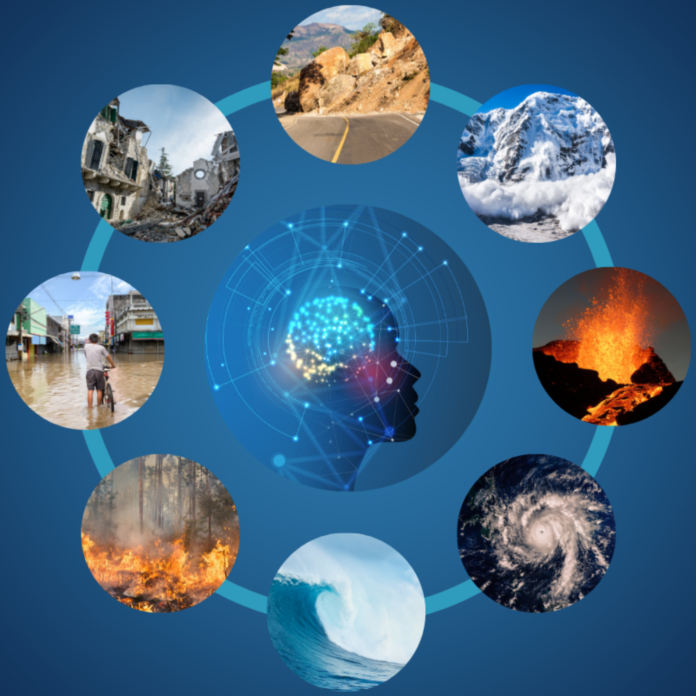In recent years, we have seen an increase in the frequency and intensity of natural disasters around the world. From hurricanes to earthquakes, these events have had devastating consequences on human life, property, and the environment. The importance of disaster preparedness and response cannot be overstated, and the use of Artificial Intelligence (AI) can play a significant role in improving these efforts.
One of the most significant benefits of AI in disaster preparedness and response is its ability to process large amounts of data quickly and accurately. In the aftermath of a disaster, there is an overwhelming amount of data to be collected and analyzed, including weather patterns, seismic activity, and damage assessments. By using AI, first responders and disaster relief organizations can quickly process and analyze this data, providing critical information on the extent of the damage and the areas that require immediate attention.
AI can also assist in predicting the occurrence of natural disasters. By analyzing historical weather patterns and other data, AI algorithms can forecast the likelihood of a natural disaster occurring in a particular area. This information can then be used to prepare communities in advance, including evacuating areas likely to be affected and stockpiling essential supplies.
Another way AI can improve disaster preparedness and response is through the use of drones. Drones equipped with AI technology can quickly and efficiently survey disaster zones, providing real-time data on the extent of the damage and the areas that require immediate attention. This information can be transmitted to disaster response teams, allowing them to prioritize their efforts and allocate resources accordingly.
AI-powered chatbots and virtual assistants can also be utilized during disasters to provide critical information to affected communities. Chatbots can be programmed to answer frequently asked questions and provide real-time updates on relief efforts, while virtual assistants can be used to communicate with first responders and coordinate rescue efforts.
Finally, AI can play a critical role in the recovery efforts following a disaster. By analyzing data on the extent of the damage and the needs of affected communities, AI algorithms can assist in creating effective recovery plans. This information can be used to prioritize reconstruction efforts and allocate resources efficiently.
Despite the many benefits of AI in disaster preparedness and response, there are also challenges to consider. One of the most significant challenges is the need for high-quality data. AI algorithms require large amounts of data to be trained effectively, and in the case of disaster response, this data may be difficult to collect in real-time.
Another challenge is the need for ethical and transparent use of AI technology in disaster response. The use of AI in disaster response should prioritize the well-being of affected communities, and AI algorithms should be designed with this in mind.
In conclusion, AI has the potential to revolutionize disaster preparedness and response efforts. By processing large amounts of data quickly and accurately, predicting the occurrence of natural disasters, utilizing drones and chatbots, and aiding in recovery efforts, AI can make a significant impact in mitigating the effects of natural disasters. However, to maximize the potential of AI, it is essential to consider the challenges and work towards ethical and transparent use of this technology in disaster response.





